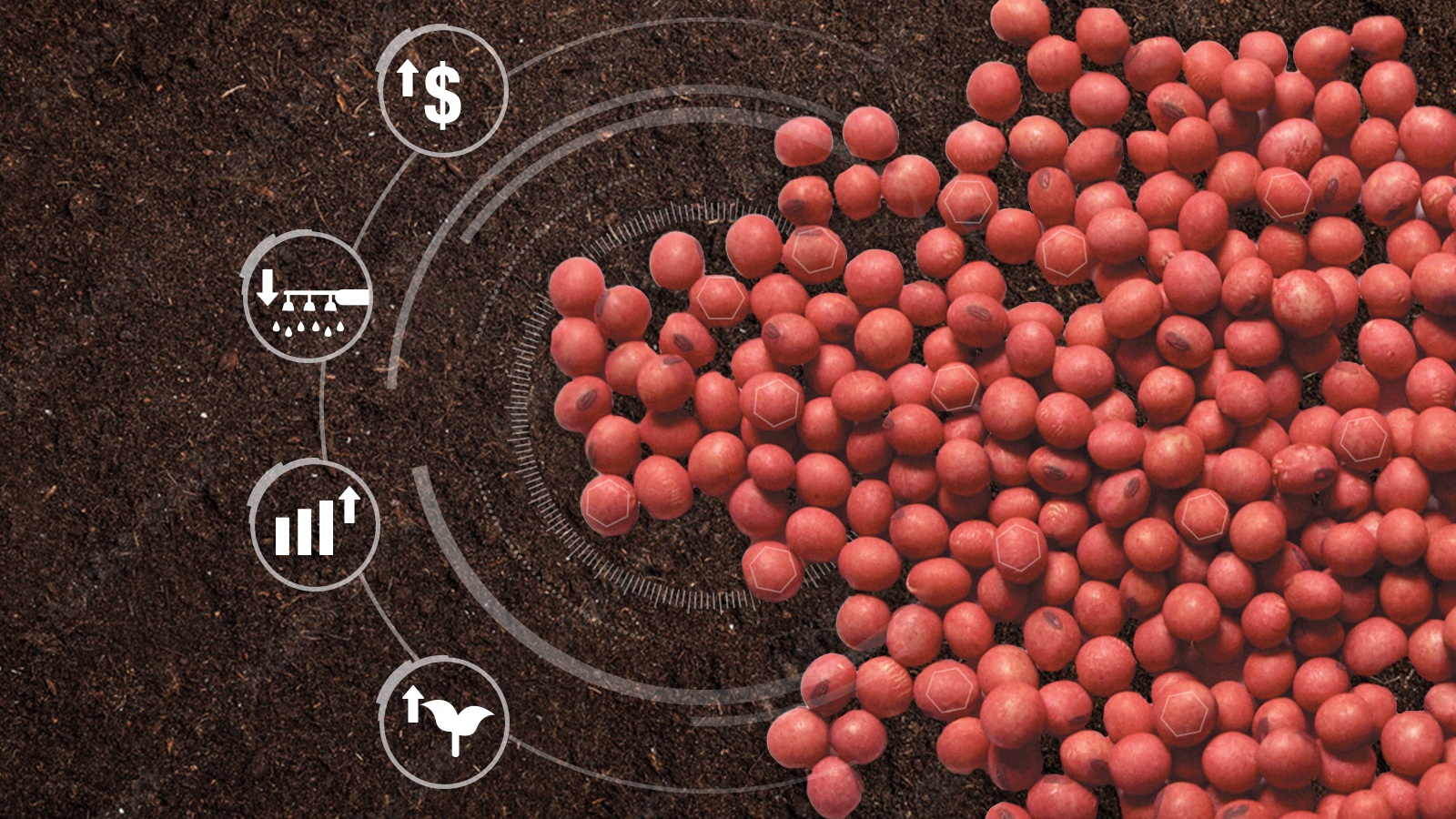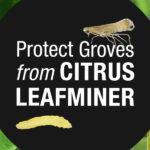Uncovering the Value of Soybean Seed Treatments
Seed treatments are more than just an insurance policy against harsh growing conditions.

Seed treatments are an increasingly depended-upon technology and valuable tool for modern agriculture. Many growers wouldn’t dream of planting crops today without the protection they’ve come to expect from seed treatments; in fact, it provides for more restful nights. Like most crops, soybeans benefit from the protective and growth-enhancing agents coated onto the seed prior to planting.
Seed Treatment Facts
Seed treatments depend on multiple molecules combined to provide protection from many different disease, insect and nematode pests as well as additional growth-promoting ingredients to help seeds germinate quickly and develop robust root systems. This results in healthier, more vigorous and uniform seedlings that are better equipped to withstand whatever the growing season dishes out.
“Seed treatments are often categorized into three main buckets,” says Dale Ireland, Ph.D., technical product lead for Seedcare at Syngenta. “Fungicides are the most common and often the most depended on, and then there are insecticides and lastly nematicides; this last category has been the fastest-growing category across U.S. row-crops, recently.”
Fungicide seed treatments help fight disease in soybean plants. “Soybeans are susceptible to a range of pathogens and diseases that can impact yield and quality such as Pythium, Phytophthora and Fusarium,” Ireland says. “Applications of seed treatments are crucial, as they allow earlier planted soybeans to establish a strong foundation for growth and development. They also can help reduce the chances of a poor initial plant stand and deliver an earlier plant establishment period, no matter the environmental conditions.”
Today more than ever, growers need the protection seed treatments offer. “Soybean treatments are an important factor to consider, given the disease and insect pressures that farmers experience in their row crops, especially soybeans,” says Whitney Venable, Seedcare specialist manager at Syngenta. “Farmers are planting their soybean crops earlier and at reduced seeding rates compared to only five to 10 years ago. Growers are experiencing tougher conditions than we’ve seen in previous years such as cool and wet soils, which can lead to an increase in disease development.” Seed treatments are seen as an important tool to assist farmers out of this corner; earlier planting into harsher conditions at the same time as they’re reducing seeding rates.
Premium seed treatments, like CruiserMaxx APX, are maximizing yield potential by three to five bushels per acre (bu/A) more than competitive seed treatments in moderate to high Pythium situations.
Make the Most of Seed Treatments
A big part of a retailer or seed dealer job is to ensure seed treatments are properly applied. “Buying from an authorized Syngenta Seedcare dealer will help ensure growers are getting the right chemical and the right rate on the seed,” says Venable. “This allows growers to plant lower populations confidently to get their desired final plant stand.”
An initial investment in a quality seed treatment can enable soybean farmers to reap the benefits of higher yields and better profit potential, thus making seed treatments cost-effective solutions for many farmers’ pest control challenges. Also, premium seed treatments help protect the grower’s investment in their seed, which is one of their largest costs.
“A premium seed treatment costs some money upfront, but the increased yield potential and ROI farmers will see make the initial cost worth it. Note that not all seed treatments provide the superior level of protection across environments provided by CruiserMaxx® APX,” Ireland says.
Venable agrees that farmers should factor in the potential return on investment when considering seed treatments. “Not all seed treatments are the same,” he says. “Premium seed treatments, like CruiserMaxx APX, are maximizing yield potential by three to five bushels per acre (bu/A) more than competitive seed treatments in moderate to high Pythium situations.1” Additionally, Saltro® seed treatment has shown to have a 4 bu/A yield advantage over ILEVO® in soybeans under pressure from SDS.2
Ireland recommends that farmers not only incorporate a premium seed treatment, but that they also adopt the latest genetics every few years to increase yield potential. By doing so, they are better equipped to reduce the risk of early-season setbacks and enhance plant health, which, together, help ensure a more consistent, reliable harvest year after year.
1CruiserMaxx APX yield advantage range based on 2018 Syngenta internal and external trials (TNA054A3-2018US): n+7: OH, IL, MI, KY, IA, NE, MN.
2Saltro yield advantage based on U.S. trials with SDS pressure; 2015-2020. Trial locations: AR, IA, IL, KS, KY, MI, MN, MO, TN, WI. Trials with significantly different disease incidence/severity rating between Check and SDS treatment.
3 Min Read
- Quality seed treatments allow farmers to maximize their yield and ROI potential.
- Seed treatments take a step toward sustainability as they may eliminate the need for replanting and/or repeat crop protection product applications.
- Soybean seed treatments help to mitigate risk, providing farmers with a higher level of predictability in their crop outcomes year after year.
- Seed treatments also contribute to increased emergence, maximizing a grower’s first investment at planting — the bag of seed planted.























